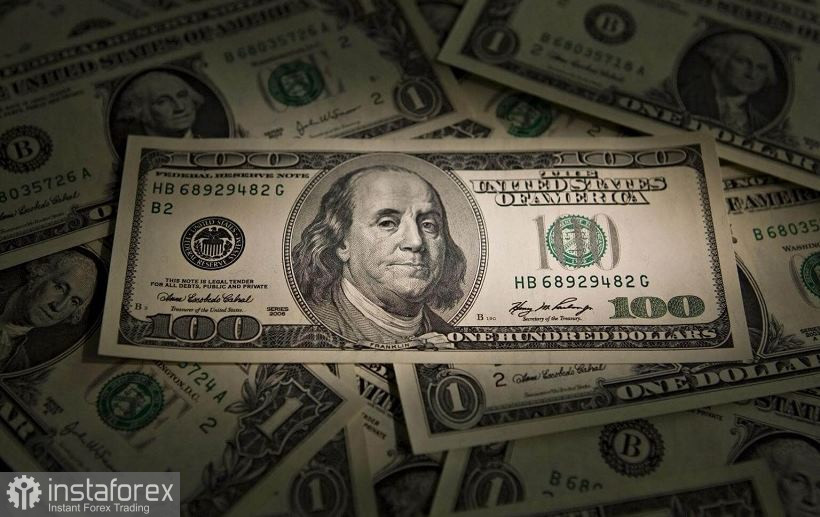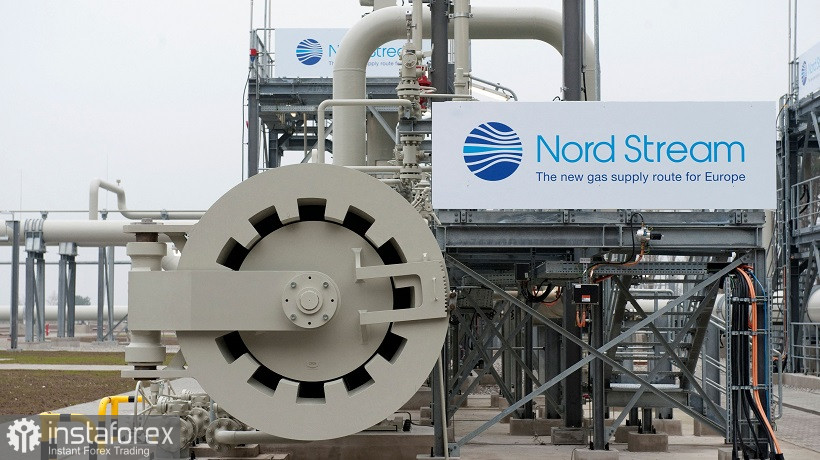The US dollar is again in high demand. The greenback regained lost positions against the euro and finally broke out of the price range of 1.0130-1.0280, within which it had been trading for almost four weeks. The parity level is on the horizon again, which serves as the key and strongest support level for the EUR/USD pair.

Let me remind you that the bears tested the strength of the price line of 1.0000 a little more than a month ago, on July 14th. Then the pair updated the 20-year price low, reaching 0.9953. But at the same time, the bears failed to gain a foothold below parity: they did not dare to hold short positions at such bottoms. The initiative was expectedly seized by EUR/USD bulls, having organized a fairly large-scale correction, which, however, ended fairly quickly. Traders did not break through the price ceiling around the 3rd figure. Although there was a corresponding attempt: amid a slowdown in US inflation indicators, bulls reached 1.0370. They stayed in this price area for only two days, after which the pair started to slide down again.
It is noteworthy that the downward trend resumed with renewed vigor at a time when the growth of US inflation slowed down for the first time in many months. The latest releases on the growth of the consumer price index in the US, the producer price index and the import price index in the red zone. But traders interpreted the published figures in their own way: according to most experts, inflation in the United States is still too high, allowing the Federal Reserve to tighten monetary policy (albeit not at an aggressive, moderate pace). Moreover, the decline in the CPI in July was mainly due to a slowdown in the growth of energy prices (the cost of which increased by 32% after the highest growth in June, when a 42-year high of 41.6% was recorded). The structure of the report says that last month gasoline rose by 44%, while the increase was at the level of 60% in June (the high since March 1980). Natural gas prices are up 30% after climbing nearly 40% in June, the highest since autumn 2005. All other components of the CPI did not give up their positions in July and continued their upward movement.
And although the further pace of the tightening of the Fed's monetary policy will depend on the incoming data, analysts have no doubt that at the September meeting the central bank will raise the rate by at least 50 points. And even this conditional "low" allows the Fed to be ahead of the European Central Bank, whose representatives are still discussing how much to increase rates in September - by 50 or by 25 points.
In general, the worsening energy crisis in anticipation of the autumn-winter period serves as a heavy anchor for the pair. Despite the low growth of the European economy in the second quarter (0.7%), many experts are sounding the alarm, looking back at the growing cost of blue fuel. The price of gas in Europe is above the $2,000 mark, and today it has updated another multi-month record, reacting to the news flow from the Russian Federation.

Gazprom announced that the only Nord Stream turbine will be stopped on August 31 for repairs. According to preliminary data, the repair work will last at least three days. This means that for three days gas will not be supplied through this pipeline at all: the supply of blue fuel for this time through the Nord Stream will be completely stopped.
Against the backdrop of this statement by Gazprom, stock prices for gas in Europe rose by 4.6% and for the first time since March they have overcome the mark of $2,700 per thousand cubic meters. According to Bloomberg, the cost of gas in the European Union is now about 12 times higher than usual at this time of year. At the same time, household and business spending is skyrocketing amid record price pressures. Bloomberg analysts note that Europe has already lost about half of its zinc and aluminum production due to high energy prices. And with the onset of the autumn-winter period, the situation is expected to worsen - fuel becomes too expensive for industrial use and energy production. That is, factories will close or suspend their activities. By the way, the latest reports of many research institutes (GfK, IFO, ZEW, PMI indices) reflected the growing pessimism of representatives of the European business environment - both about the current situation and about future prospects, especially with regard to the upcoming winter cold.
It is obvious that in such conditions it will be difficult (if not impossible) for the ECB to tighten monetary policy at an aggressive pace. The Fed will be one step ahead of the ECB in this regard, and over time this gap will only increase. Therefore, even the first signs of a slowdown in the growth of US inflation did not break the dollar: after a corrective surge, the EUR/USD bears seized the initiative for the pair.
At the same time, in my opinion, it is not worth considering the downward price targets located below the parity level now. EUR/USD bulls are not able to reverse the trend, but they are able to organize a corrective counteroffensive, especially around the key support level of 1.0000. Therefore, short positions should be considered only on corrective rollbacks, with targets of 1.0050 and 1.0010.
 English
English 
 Русский
Русский Bahasa Indonesia
Bahasa Indonesia Bahasa Malay
Bahasa Malay ไทย
ไทย Español
Español Deutsch
Deutsch Български
Български Français
Français Tiếng Việt
Tiếng Việt 中文
中文 বাংলা
বাংলা हिन्दी
हिन्दी Čeština
Čeština Українська
Українська Română
Română

